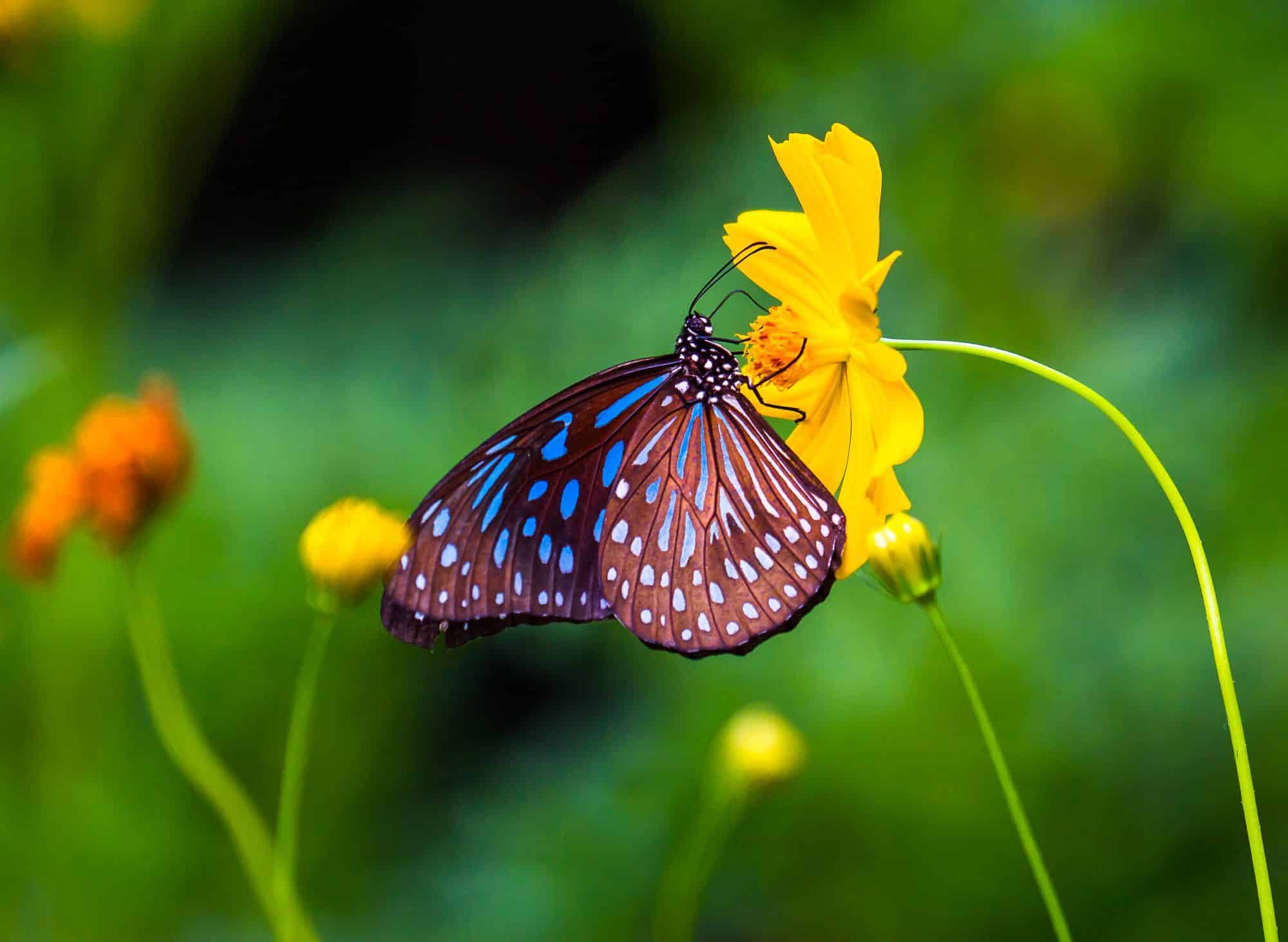
Turn Your Backyard Into a Certified Wildlife Habitat!
Did you know that with a few simple tweaks, you can turn your yard into a Certified Wildlife Habitat?
This distinction is determined by the National Wildlife Federation (NWF). They provide a checklist of criteria that must be met to qualify for certification. The criteria consist of various additions to your yard that make it sustainable for wildlife to live, eat, and reproduce in their natural habitat.
This is highly beneficial, not only for reducing the carbon footprint but for boosting the local ecosystem where you live. Native species each have an important role to play in maintaining balance. It also ensures wildlife have food, shelter, and water that might’ve been lost due to development in your neighborhood.
In this post, we share the basic ways you can prep your yard to be a Certified Wildlife Habitat.
What Criteria Do You Need to Meet?
The NWF has a checklist of criteria that must be met in order for a yard to be certified. You can view the list here, but below we’ve outlined the main additions you’ll want to focus on.
- Water: You must ensure there is at least one source of water
- Food: There must be a minimum of two food sources
- Shelter: Provide at least two areas of safe cover for wildlife
- Nesting/Den: Provide two areas ideal for animals to reproduce and raise young
- Sustainability: Implement at least two sustainable practices in your yard
Water Sources
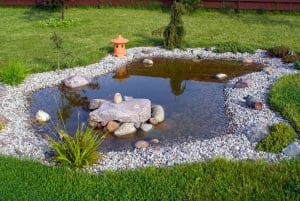
If you have a lake, river, or pond in your backyard, then you already have your water source. However, if you don’t have these, then you can easily add a bird bath or puddling dish.
Bird baths can be purchased at your local hardware store, or you can make one yourself. Remember to change the water regularly to discourage mosquitos.
A puddling dish is an ideal way to provide water for butterflies and insects. Fill a shallow dish with some water and place garden pebbles within to give thirsty critters a place to perch.
Food Sources
The best food source for important pollinators and other insects to thrive is native plants. It makes sense- native wildlife is not adapted to eat plants that come from other countries.
Invasive plant species disrupt natural habitats, but you can combat this by giving them the boot and replacing them with native plant varieties that insects love.
Other food sources that are easy to add are bird feeders, a butterfly garden, or a squirrel feeder.
Shelter/ Nesting Areas
By offering shelter in your yard, you’re giving local wildlife a safe place to hide from predators or inclement weather.
There are plenty of plant varieties that provide natural coverage, such as evergreens, wooded areas, or dense shrubs. Of course, you’ll want to choose native plants if you go this route.
You can also create your own sheltered space by building a rock pile using garden pebbles or gravel, or building a roosting box.
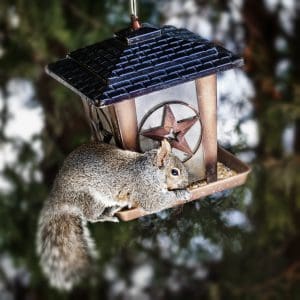
Sustainable Garden Practices
There are so many ways to enhance sustainability in your yard. Not only does this reduce the carbon footprint, but it can be cost-effective for you.
Here are some ways you can implement sustainable practices:
- Use organic mulch to provide nutrients for plants instead of chemical fertilizer
- Gravel and landscaping pebbles improve drainage and insulation for plants
- Rain barrels recycle rainwater and reduce reliance on sprinklers
- Composting food waste

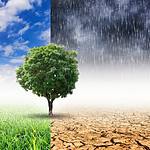
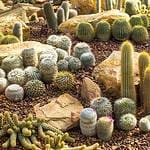



Leave a Reply